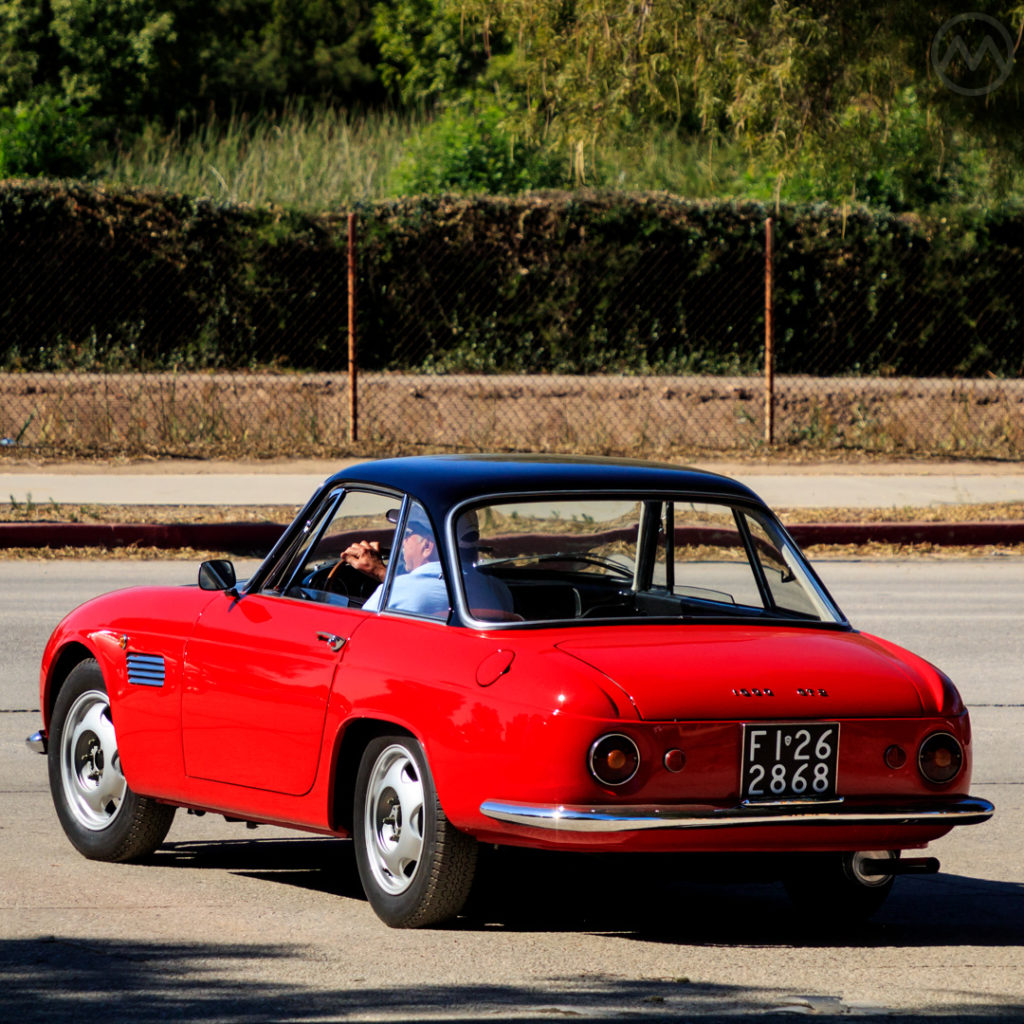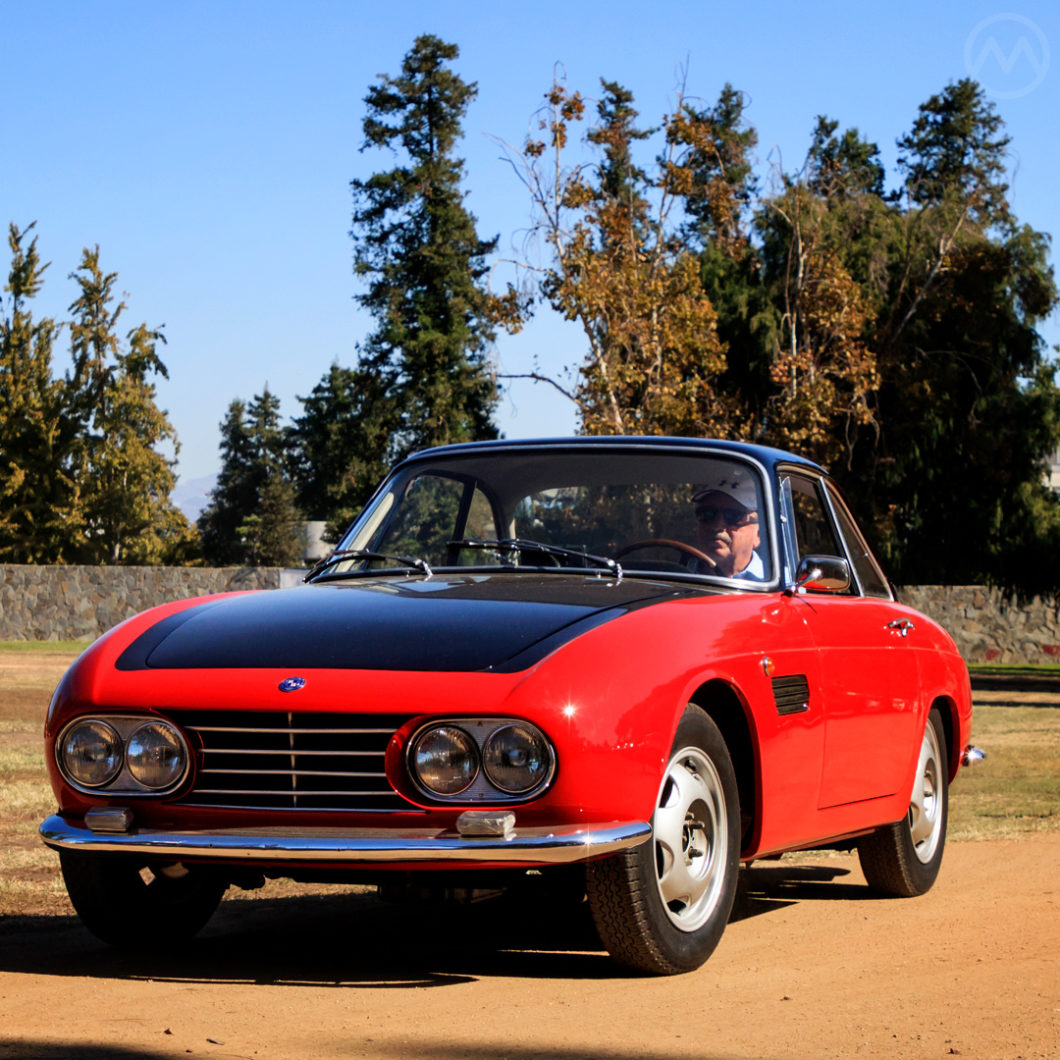There were seven Maserati Brothers in all – Carlo, Bindo, Alfieri (I), Alfieri (II), Mario, Ettore, and Ernesto.
Carlo, the eldest, died in 1910 but worked for Fiat and Isotta-Fraschini. The third Brother, Alfieri (I) died an infant, lending his name to Brother number four. It was this Alfieri who founded the famous family company in 1914. At first it made spark plugs and components, but graduated to building race cars in 1926, which is what Alfieri (II) and his two youngest brothers – Ettore and Ernesto, wanted to do anyway.
Alfieri died following complications from surgery in 1932 after a racing accident, which brought Second Brother Bindo into the picture at Maserati.
A longtime employee at Isotta-Fraschini, he liked his job and only joined the family company after Alfieri’s death, but all the brothers save one had worked in cars and racing for years at firms like Isotta, Diatto, and FIAT.
That other one? Fifth Brother Mario was an artist and graphic designer, it was he contributed the famous Trident logo at Maserati, based on the Neptune fountain in Bologna’s Piazza Maggiore.
The 1930s were a tough time for tiny car companies, no matter how good they were – and in 1937 Bindo, Ettore, and Ernesto sold the family company to metallurgy magnate Adolfo Orsi.
Back to Bologna
Orsi contracted the Brothers’ services for ten years and they continued to develop spectacular things during the Orsi era – indeed, Orsi’s financing allowed Maserati to become a global name in racing, winning four straight Targa Florios and two straight Indy 500s, both with Wilbur Shaw driving.
After the war, the Brothers continued working on new Maserati designs, including the roadgoing A6 (the A is for “Alfieri”) – but in 1947 the contracts were up.
The Brothers went home to Bologna. Orsi had moved Maserati to Modena in 1940 which probably didn’t suit any of them. They returned to San Lazzaro di Savena, just outside of Bologna and founded Officine Specializzate Costruzione Automobili – OSCA.
Their new company was a place where they could do what they had always wanted. The brothers loved racing and race cars is all they made. Unlike other tiny Italian firms, the Brothers built everything – OSCAs were no parts bin specials and they had a unique pedigree since the Brothers racers had an established and very well-known pedigree.
The cars were tiny but fast. Aside from an F1 foray with a big V12 and a few other racing engines, OSCAs tended to be less than 1.6L, sometimes less than one liter. They were small and light in the same way Colin Chapman’s later cars were, and all through the 50s the make was a force in international sports car competition, an OSCA MT4 winning the 1954 Sebring 12hr.
A few intrepid folks had 1950s OSCAs for road use, but building a “real” road car wasn’t on the Brothers agenda until 1958.
Fiat and OSCA
Some of OSCA’s twin-cam fours were based on Fiat blocks, and the power the Brothers were able to get out of them got Fiat’s attention. Fiat was working on a new 1200 Spider, but needed more power, so Dante Giacosa approached OSCA to design a milder version of its MT4 twin-cam for it.
The result for Fiat was a milder twin-cam made of more conventional (and easier to produce) pieces, at first at 1,491-cc and later at 1,568-cc.
Fiat would in return supply related engines for OSCA and pay a fee, which made homologation easy for OSCA and gave the company the budget to go beyond just building race cars for the first time.

OSCA modified the Fiat pieces further, and the 1,568-cc engine could range from 95 to 140hp in lightweight, twin-spark, dual-carb form. Though identical in size to the late Fiat-OSCA engines, the insides were not the same – OSCAs used forged, race-ready components and different heads.
The showcase for this engine, surprisingly, was a road car that could double as a track car – the 1600GT, development of which was financed by the Fiat deal.
The 1600GT was not so different from other OSCAs – it used a tubular-ladder chassis for lightness and it was tiny – about 156” (3.9M) long depending on the body – all of which were coachbuilt. Most 1600GTs were built by Zagato, and the prototype debuted in Zagato clothing at the 1960 Turin show.
Homologation for various racing efforts was planned, but in the end not too many 1600GTs were actually campaigned, possibly because it took awhile to get the car into serious production – OSCA just wasn’t used to building in any real volume, and even the tiny run of the 1600 was huge by their standards.
Nearly 100 were bodied by Zagato. This car, seen at the Best of France and Italy, is even more specialized – just 24 had bodies by Fissore; and this one was first owned by Salvatore Ferragamo.
Carrozzeria Fissore
Fissore was also founded by a group of brothers, in 1919, but mostly built vans and buses until the 1950s when it began to be noticed by Fiat and other manufacturers. Fissore did not have the pedigree of a Pininfarina or Zagato, but it did quality work, often executing other people’s designs. Fissore, for example, built most of the special bodies for Peter Monteverdi’s cars.
The 1600GT 2 and De Tomaso Vallelunga were rare in-house Fissore designs. The later Rayton-Fissore company that created the Rayton-Fissore Magnum is related, but not the same firm.
Of the Fissore-bodied 1600 GT2s, 21 were coupes – with a look not dissimilar from Tom Karen’s later Reliant Scimitar – and 3 were convertibles. Very small and close coupled, it’s a pure two-seater and weighed only about 2000 lbs., although the weight depended on the body and level of customization. Much could be specced – the rear end could be a live axle or IRS depending on the customer’s preference.
To reduce weight even further, this car rides on Amadori magnesium alloy wheels.
~128 1600GTs of all types were built, but it was the last hurrah for the Brothers, who sold the company to Count Domenico Agusta in 1963 and did contract work for MV Agusta while OSCA wound down as they retired.
Ernesto, the youngest Brother, was 69 years old in 1967. Bindo, the eldest, was 84.

